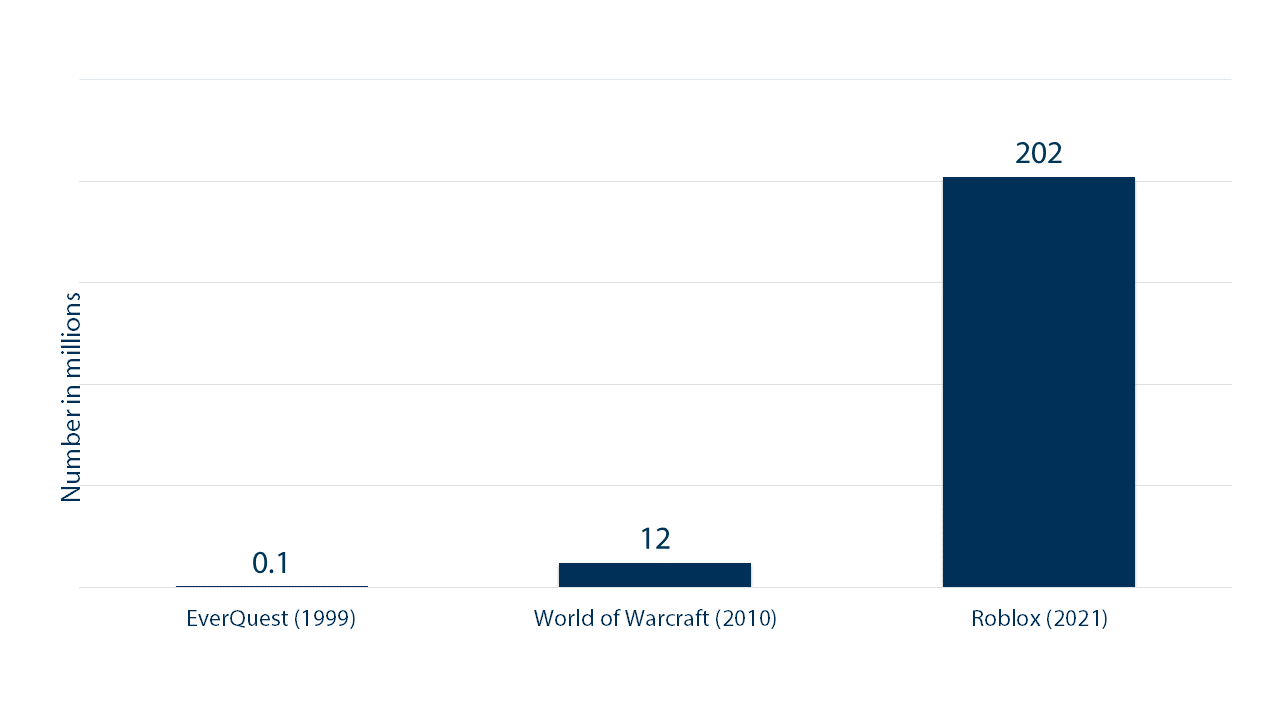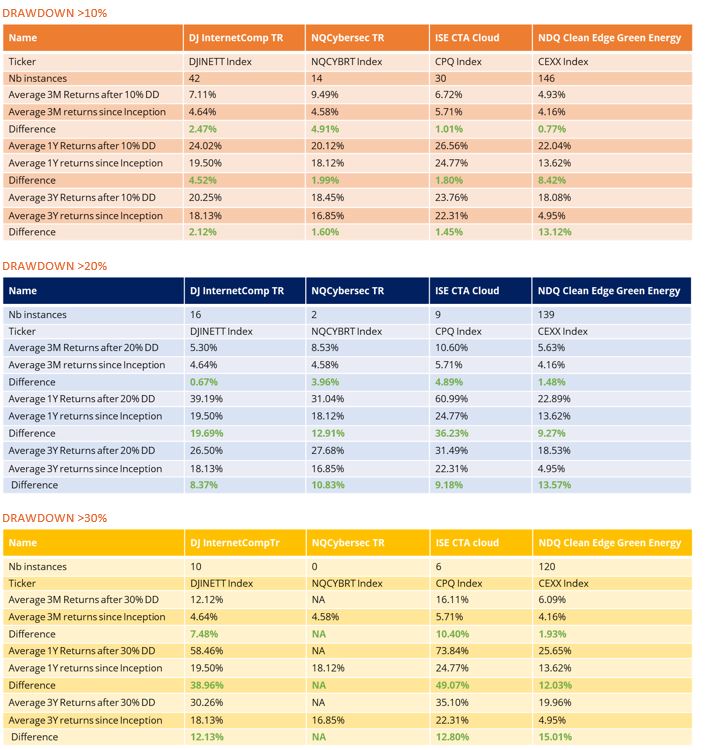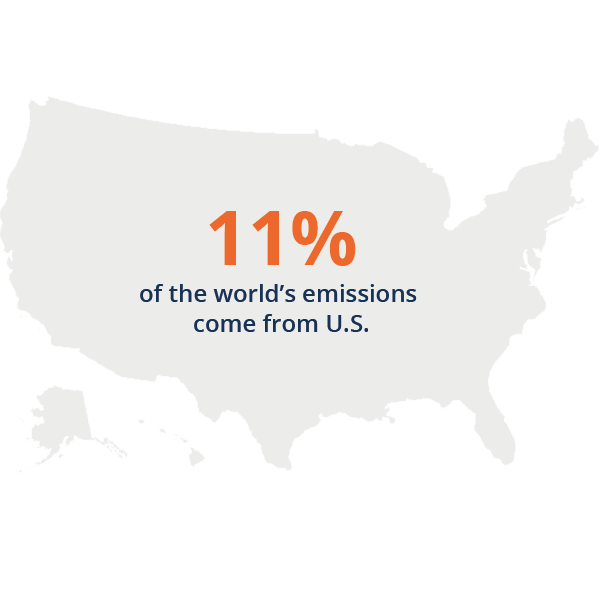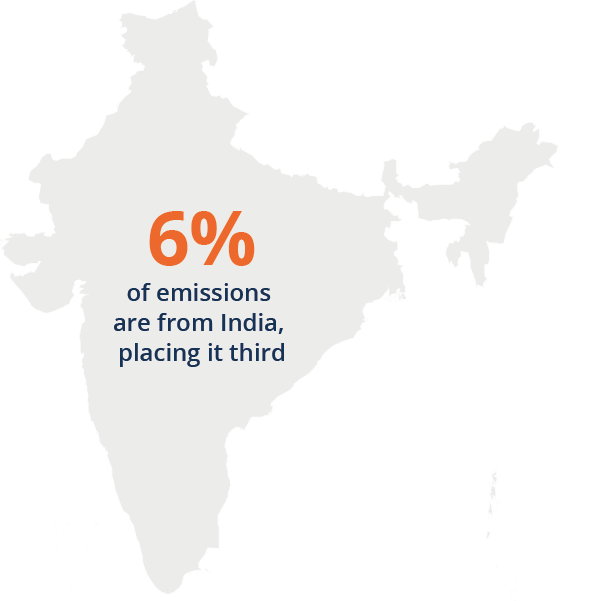What is the Metaverse?
Since Facebook - now Meta Platforms - introduced that it would be renaming the company, the world has been feverishly excited about questioning and discussing the potential of the Metaverse, but why? What is it? Is it worth the hype? Is it worth a Thematic investor’s attention and if so, how can they gain exposure?
As with most innovations, the Metaverse is built on something already known and commonly used, thus why it is commonly referred to as Web 3.0. Think about sending an email or streaming your favourite show as the equivalent of sending a letter or watching television, or for that matter watching a story performed around the fire. What’s a Smartphone other than a phone and a computer? It’s not that they’re new concepts, they’re just new and digitised mechanisms of the same. The Metaverse is no different.
So, then, what is the Metaverse? According to the Economist, it is a “sort of 3D sequel to today’s two-dimensional internet, in which users work, play, buy and sell inside immersive virtual worlds.”
Cathy Hackl of Avatar-Dimension described it as “the convergence of the physical and the digital” in her interview on the popular American News program, 60 Minutes1. She also wrote in an article for Forbes.com, “the term is typically used to describe the concept of a future iteration of the internet, made up of persistent, shared, 3D virtual spaces linked into a perceived virtual universe.”2
Quoting Leslie Shannon, Nokia’s Head of Trend Scouting, who described it as “the culmination of everything that AR and VR is developing today.”3 And to quote Mark Zuckerberg himself, “The Metaverse is a virtual environment where you can be present with people in digital spaces," he says. "You can kind of think of this as an embodied Internet that you're inside of, rather than just looking at."4
Think about your current internet experience; a two-dimensional platform built for interaction, either on your own or with someone else, but constrained by what the platform is. The Metaverse is made up of platforms that are three dimensional. Essentially, you and others are not bound by what the platform starts as, making it everyone’s platform and thus with potentially endless possibilities.
Remember Sim City, the 90s video game? Instead of just the player interacting with the game deciding between building a hospital or a stadium, it’s the platform, the player, and everyone else choosing to build, well, whatever they want. To expand the nostalgia further; think of an old chatroom, like on AOL or MSN, then add in the capabilities of platforms we've come to understand like Zoom, now combine with a highly developed three-dimensional element and some more modern tech and the picture becomes that little bit clearer.
So the Metaverse is a broader context for “bringing people together.” Gaming companies like Roblox and Unity Software garner a lot of press here as well, and for good reason. Take that same Economist article5, it references a few interactive online games over the years; in 1999 Everquest had 500k subscribers, the next decade World of Warcraft was able to take that to 12 million while fast-forward to today and Roblox currently has around 200 million monthly visitors6, where many “spend their real money on virtual goods”, representing the purest essence of a digital business.
While it’s impossible to predict who will become the dominant players in the years ahead, some of the world’s biggest tech companies are already investing heavily in this seemingly niche industry, which is expected to be worth $800 billion by 20246. Alliance Bernstein7 thinks it could be "really big," with the firm saying that the combined annual run-rate of the most relevant markets touched by the concept is $2 trillion and growing.
Specifically, Facebook said they’ve already spent over $10bn on the Metaverse in 20219. Nvidia has made waves through its pioneering Omniverse Platform, interestingly based on Pixar technology10. The content king entered the fray purporting “storytelling without boundaries in our own Disney Metaverse11.” Of course, Apple12 looms large with the announcement that its AR product may be ready for Christmas 2022.
But that doesn’t guarantee it will make money, So what’s an investor to do? First, and to quote the title of the Economist article, “Don’t mock the Metaverse.” As odd as one may find the concept, recall, letting a stranger sleep in your back room was literally unimaginable, until AirBnB imagined it and started a business, in 2008 of all years! Clearly, there is a lot of money being spent on the theme right now and whether those investments are deemed worthy, only time will tell.
However, amidst this uncertainty about the future hype, one thing is very clear. If the Metaverse is successful, it will require a vast amount of data, hosted entirely in the cloud. Looking back where we started, Facebook, sorry Meta, said it “expects to increase capital spending next year by perhaps as much as seventy-nine percent, totalling as much as $34 billion”13. Who does the company spend that money with, you may ask? Companies like Arista Networks. For example, Evercore ISI’s Amit Daryanani, in a note to clients wrote that “this is a very positive read for Arista as FB is one of the two cloud titans that account for a large portion of ANET revenue,”14. Bernstein’s research highlighted this as well, noting the need for the “stack” of IaaS, SaaS, etc. It’s impossible to avoid the digital utility of the cloud when the demand for data is that voracious.
The Metaverse will be fascinating to track, but one thing is clear the amount of data this increasingly digital world will need, will be a word bigger than huge….we’re going to need a bigger boat!
Subscribers: Interactive Gaming










Share